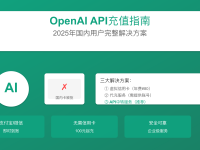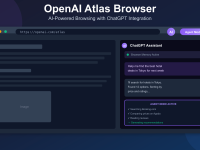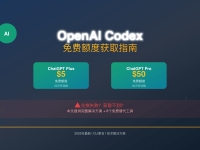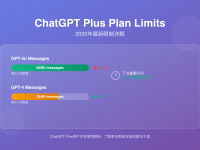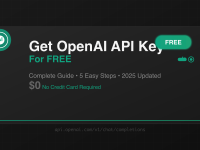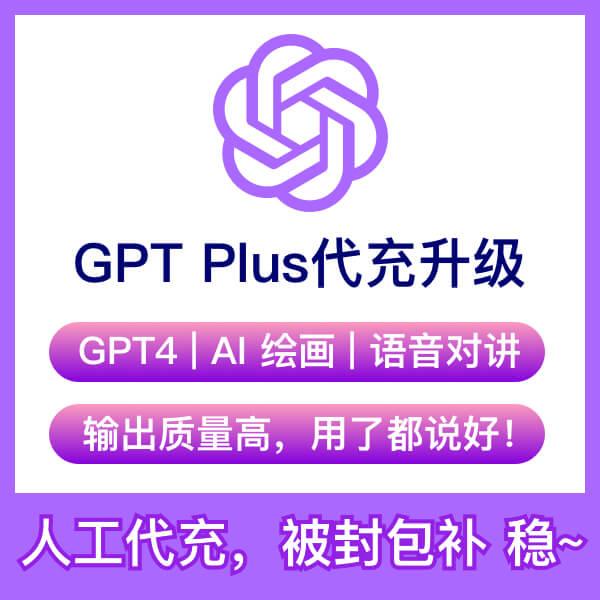Introduction to GPT-4o Image Generation API
OpenAI’s GPT-4o represents a significant leap forward in AI capabilities, combining multimodal understanding with advanced image generation. Recently announced in March 2025, the GPT-4o image generation API brings unprecedented creative power to developers, enabling applications that can transform text descriptions into stunning visual content with remarkable accuracy and aesthetic quality.
While the API is still in its phased rollout as of April 2025, developers and businesses are already preparing their infrastructure to harness this groundbreaking technology. This comprehensive guide will walk you through everything you need to know about the GPT-4o image generation API, from technical specifications to practical implementation strategies.

Key Features of GPT-4o Image Generation
The GPT-4o image generation API offers several advantages over previous image generation models:
- Enhanced Visual Quality: Produces images with improved detail, lighting, and composition
- Faster Processing: Generates images in 3-6 seconds, significantly faster than previous models
- Contextual Understanding: Better comprehension of nuanced prompts and stylistic requests
- Multimodal Integration: Seamlessly works within conversational contexts for interactive refinement
- Higher Resolution Options: Supports image creation up to 4096×4096 pixels
- Improved Safety Filters: Advanced content moderation with reduced false positives

Technical Specifications
The GPT-4o image generation API supports a range of technical specifications:
| Feature | Specification |
|---|---|
| Supported Resolutions | 256×256, 512×512, 1024×1024, 2048×2048, 4096×4096 |
| Image Formats | PNG, JPEG, WebP |
| Transparent Background | Yes (PNG format only) |
| Maximum Prompt Length | 4,096 tokens |
| Generation Time | 3-6 seconds (standard resolution) |
| Batch Generation | Up to 10 images per request |
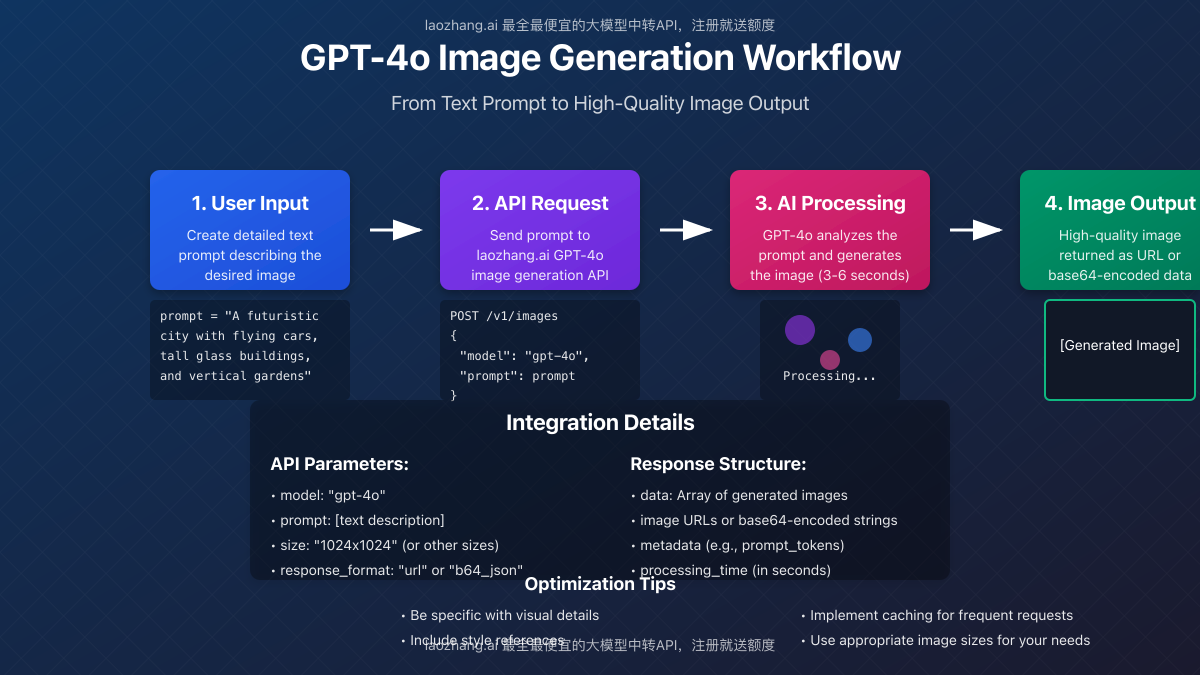
Getting Access to GPT-4o Image Generation API
As of April 2025, OpenAI is gradually rolling out access to the GPT-4o image generation API. While waiting for direct access, developers can leverage cost-effective third-party solutions like laozhang.ai, which offers immediate access to GPT-4o image generation capabilities through their robust API intermediary service.
Using laozhang.ai for GPT-4o Image Generation
laozhang.ai provides a reliable and cost-effective way to access GPT-4o image generation through their API service:
- Register at https://api.laozhang.ai/register/?aff_code=JnIT
- Receive free starting credits upon registration
- Pay only for what you use with competitive pricing
- Benefit from high availability and low latency
- Access multiple AI models through a unified API
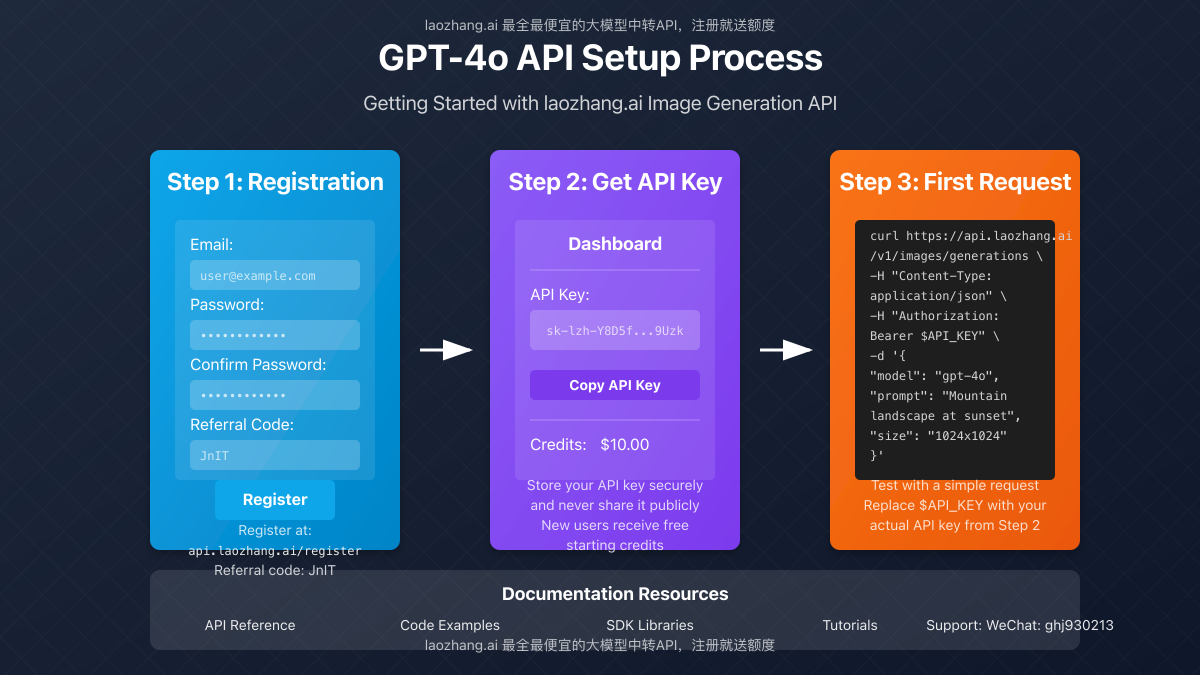
Integration Examples
Here’s how you can integrate GPT-4o image generation into your applications using laozhang.ai:
Basic cURL Request
curl https://api.laozhang.ai/v1/images/generations \
-H "Content-Type: application/json" \
-H "Authorization: Bearer $API_KEY" \
-d '{
"model": "gpt-4o",
"prompt": "A futuristic city with floating gardens and eco-friendly transport systems",
"n": 1,
"size": "1024x1024",
"response_format": "url"
}'Python Implementation
import requests
import base64
from datetime import datetime
# API configuration
API_KEY = "your_api_key_here"
API_BASE_URL = "https://api.laozhang.ai/v1/images/generations"
headers = {
"Authorization": f"Bearer {API_KEY}",
"Content-Type": "application/json"
}
# Request parameters
payload = {
"model": "gpt-4o",
"prompt": "A cute panda baby sitting in a bamboo forest, sunlight filtering through bamboo leaves, panda happily eating bamboo, high-resolution photorealistic style",
"n": 1, # Number of images to generate
"size": "1024x1024", # Image size: 1024x1024, 1536x1536, or 2048x2048
"quality": "standard", # Image quality: standard or hd
"style": "natural", # Style: natural or vivid
"response_format": "b64_json" # Response format: url or b64_json
}
# Send request
response = requests.post(API_BASE_URL, headers=headers, json=payload)
# Process response
if response.status_code == 200:
data = response.json()
# Save images
for i, image_data in enumerate(data["data"]):
if "b64_json" in image_data:
# Decode image data from Base64
image_bytes = base64.b64decode(image_data["b64_json"])
# Create filename with timestamp
timestamp = datetime.now().strftime("%Y%m%d_%H%M%S")
filename = f"gpt4o_image_{timestamp}_{i}.png"
# Save image to file
with open(filename, "wb") as f:
f.write(image_bytes)
print(f"Image saved as: {filename}")
elif "url" in image_data:
print(f"Image URL: {image_data['url']}")
else:
print(f"Request failed: {response.status_code}")
print(response.text)Node.js Implementation
const axios = require('axios');
const fs = require('fs');
const path = require('path');
// API configuration
const API_KEY = process.env.API_KEY || 'your_api_key_here';
const API_BASE_URL = 'https://api.laozhang.ai/v1/images/generations';
async function generateImage(prompt, outputPath) {
try {
const response = await axios.post(
API_BASE_URL,
{
model: 'gpt-4o',
prompt: prompt,
n: 1,
size: '1024x1024',
response_format: 'b64_json'
},
{
headers: {
'Content-Type': 'application/json',
'Authorization': `Bearer ${API_KEY}`
}
}
);
// Process the successful response
if (response.data && response.data.data && response.data.data.length > 0) {
const imageData = response.data.data[0].b64_json;
const buffer = Buffer.from(imageData, 'base64');
// Ensure the output directory exists
const directory = path.dirname(outputPath);
if (!fs.existsSync(directory)) {
fs.mkdirSync(directory, { recursive: true });
}
// Write the image file
fs.writeFileSync(outputPath, buffer);
console.log(`Image successfully saved to ${outputPath}`);
return outputPath;
} else {
throw new Error('No image data in the response');
}
} catch (error) {
console.error('Error generating image:', error.message);
if (error.response) {
console.error('Response data:', error.response.data);
}
throw error;
}
}
// Example usage
generateImage(
'A serene Japanese garden with cherry blossoms, a small bridge over a pond with koi fish, and traditional lanterns at dusk',
'./generated_images/japanese_garden.png'
);
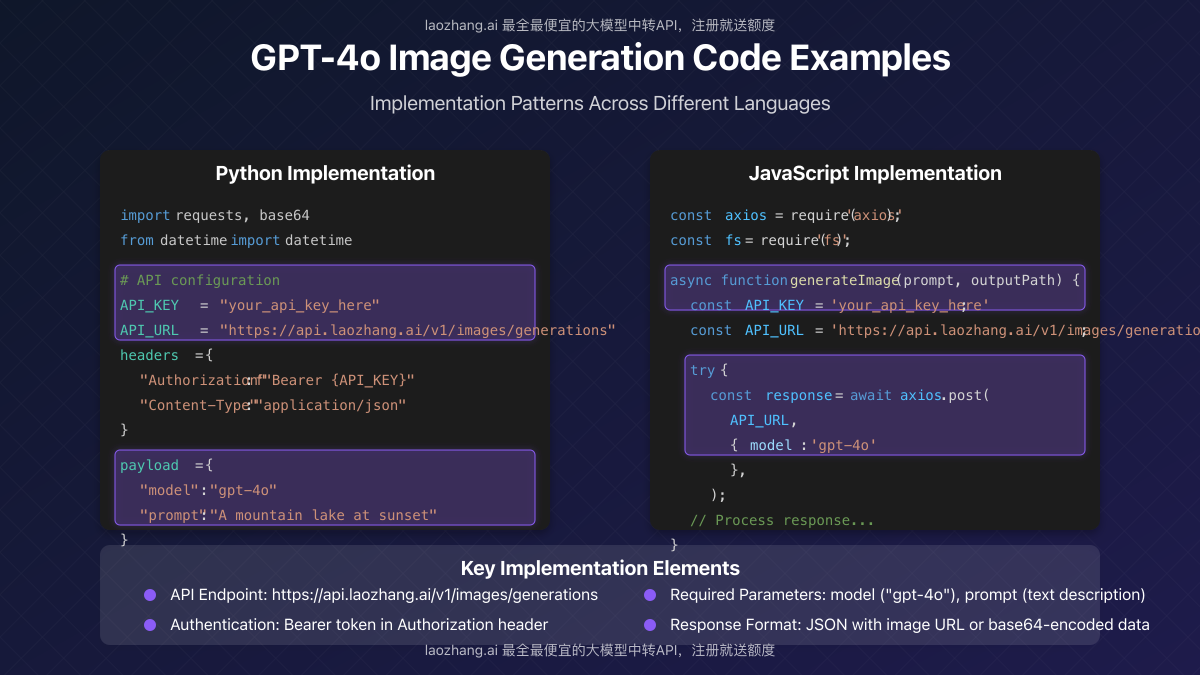
Advanced Techniques and Optimizations
Batch Processing for Efficiency
When you need to generate multiple images, batch processing can significantly improve efficiency:
function generateBatchImages(prompts, apiKey) {
const url = 'https://api.laozhang.ai/v1/images/generations';
const headers = {
'Content-Type': 'application/json',
'Authorization': `Bearer ${apiKey}`
};
const results = [];
const processPrompt = async (prompt, index) => {
const data = {
model: 'gpt-4o',
prompt: prompt,
n: 1,
size: '1024x1024',
response_format: 'url'
};
try {
const response = await axios.post(url, data, { headers });
if (response.status === 200 && response.data.data[0].url) {
const imageUrl = response.data.data[0].url;
const imageName = `product_image_${index + 1}.jpg`;
// Download the image
const imageResponse = await axios.get(imageUrl, { responseType: 'arraybuffer' });
fs.writeFileSync(imageName, Buffer.from(imageResponse.data));
return {
prompt: prompt,
status: 'success',
file: imageName,
url: imageUrl
};
}
} catch (error) {
return {
prompt: prompt,
status: 'error',
message: error.message
};
}
};
// Process prompts with a concurrency limit of 3
const batchProcess = async () => {
const concurrencyLimit = 3;
const chunks = [];
for (let i = 0; i < prompts.length; i += concurrencyLimit) {
chunks.push(prompts.slice(i, i + concurrencyLimit));
}
for (const chunk of chunks) {
const chunkResults = await Promise.all(
chunk.map((prompt, idx) => processPrompt(prompt, idx))
);
results.push(...chunkResults);
// Add a delay between chunks to respect rate limits
if (chunks.indexOf(chunk) < chunks.length - 1) {
await new Promise(resolve => setTimeout(resolve, 2000));
}
}
return results;
};
return batchProcess();
}Prompt Engineering for Better Results
The quality of generated images highly depends on your prompts. Here are some tips for crafting effective prompts:
- Be specific about visual details (lighting, perspective, style)
- Include artistic references when relevant (e.g., “in the style of Monet”)
- Specify image composition (foreground, background, focal points)
- Provide context for better understanding (“for a children’s book illustration”)
- Use descriptive adjectives to convey mood and atmosphere
Real-World Applications
GPT-4o’s image generation capabilities open up numerous possibilities across industries:
E-Commerce Product Visualization
Generate product mockups and variations based on text descriptions, enabling rapid prototyping and visualization for online stores.
Content Creation and Marketing
Create custom illustrations for blog posts, social media campaigns, and marketing materials on demand, reducing dependency on stock photos.
Game Development and Entertainment
Generate concept art, character designs, and environment visualizations to accelerate the creative process in game and entertainment production.
Educational Resources
Create custom diagrams and illustrations for educational content, helping to visualize complex concepts in fields like science, history, and engineering.
Interior Design and Architecture
Visualize design concepts and space transformations before implementation, allowing clients to see potential outcomes based on descriptions.
Performance Optimization and Cost Management
Efficiently managing GPT-4o image generation API usage can significantly impact both performance and costs:
Caching Strategy
Implement a robust caching system to store generated images based on prompt hashes:
function getPromptHash(prompt, size, style) {
// Create a simple hash from the prompt and parameters
return crypto
.createHash('md5')
.update(`${prompt}-${size}-${style}`)
.digest('hex');
}
async function getOrGenerateImage(prompt, size, style) {
const hash = getPromptHash(prompt, size, style);
const cachePath = `./cache/${hash}.png`;
// Check if the image exists in cache
if (fs.existsSync(cachePath)) {
console.log('Image found in cache');
return {
path: cachePath,
fromCache: true
};
}
// Generate the image
console.log('Generating new image...');
const generatedImagePath = await generateImage(prompt, size, style);
// Save to cache
fs.copyFileSync(generatedImagePath, cachePath);
return {
path: generatedImagePath,
fromCache: false
};
}Cost-Effective Strategies
Consider these approaches to optimize costs when using the GPT-4o image generation API:
- Start with lower resolutions during development and testing phases
- Implement user quotas and rate limiting for public-facing applications
- Use laozhang.ai’s cost-effective API proxy for better rates compared to direct OpenAI access
- Pre-generate common images during off-peak hours for predictable content needs
- Optimize prompts to reduce the need for regeneration due to unsatisfactory results
Future Developments and Roadmap
While GPT-4o image generation is already impressive, OpenAI has hinted at several upcoming improvements:
- Enhanced Image Editing: More precise image modifications based on natural language instructions
- Animation Capabilities: Extending to simple animations based on text prompts
- Multi-frame Sequences: Generating related image sequences for storytelling
- Higher Resolution Support: Plans for 8K resolution support in future updates
- Industry-Specific Optimizations: Fine-tuned models for architecture, fashion, and product design
As an early adopter of GPT-4o image generation, positioning your applications to leverage these upcoming features will provide a competitive advantage in your industry.
Conclusion: Getting Started with GPT-4o Image Generation
The GPT-4o image generation API represents a significant advancement in AI-powered visual creation. By leveraging this technology through services like laozhang.ai, developers and businesses can implement sophisticated image generation capabilities without waiting for full OpenAI access.
To begin your journey with GPT-4o image generation:
- Register for an account at laozhang.ai
- Obtain your API key and explore the documentation
- Start with simple implementation examples from this guide
- Experiment with prompt engineering to refine your results
- Scale your implementation with the performance optimization techniques covered here
For additional support or questions about using GPT-4o image generation through laozhang.ai, contact them directly at WeChat: ghj930213.




